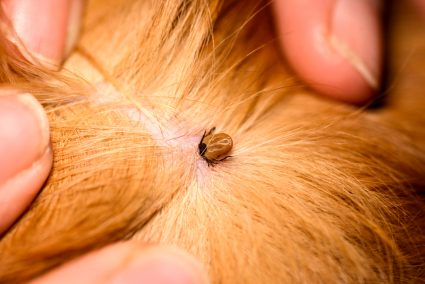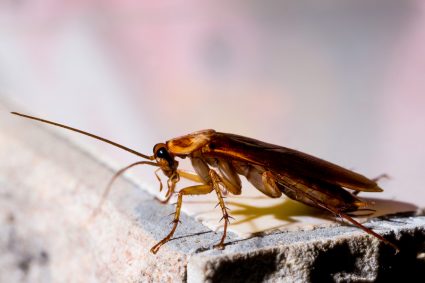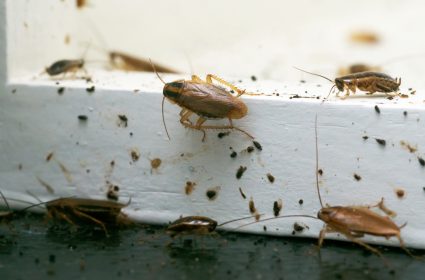
Pyrethrins, a class of organic compounds derived from chrysanthemum flowers, have potent insecticidal properties and are commonly used in pest control. But does it kill mites effectively? Let’s delve into the topic and explore the effectiveness, alternatives, and potential risks of using pyrethrins for mite control.
Yes, pyrethrins can kill various types of mites, including spider mites and house dust mites, by targeting their nervous system. However, the effectiveness can vary depending on the specific mite species and the formulation used. Some mite species may have developed resistance to pyrethrins.
What are Pyrethrins?
Pyrethrins are a mixture of six chemicals found naturally in some chrysanthemum flowers, particularly Chrysanthemum cinerariaefolium and Chrysanthemum cineum. They are produced by drying and powdering these flowers or by extracting the oils within the flowers using solvents such as petroleum ether, acetone, or acetic acid.
Pyrethrins work by exciting the nervous system of insects that come into contact with or consume them, leading to paralysis and eventually death. They are often mixed with another chemical, known as a synergist, to increase their effectiveness.
Pyrethrins in Pest Control
Pyrethrins are used in a variety of pest control applications. They are found in household sprays, aerosol bombs, insect repellents, pet shampoos, and lice treatments, and are also used in gardening to control pests like aphids, cabbage loopers, flea beetles, leafhoppers, stink bugs, moths, and ants.
Despite their effectiveness, pyrethrins have a short residual effect, meaning they break down quickly in the environment, especially when exposed to natural sunlight. To increase their persistence, they are often combined with a synergist like piperonyl butoxide.
Do Pyrethrins Kill Mites?
Pyrethrins are effective in controlling various types of mites, including spider mites and house dust mites. They work by targeting the nervous system of mites, causing rapid knockdown or temporary paralysis. However, the effectiveness of pyrethrins may vary depending on the specific mite species and the formulation used.
Studies have shown that pyrethrins are effective against scabies mites, Sarcoptes scabiei, and spider mites. However, some mite species, such as Tetranychus evansi, have developed resistance to pyrethroids due to mutations in their sodium channels.
Potential Risks of Using Pyrethrins
While pyrethrins are generally considered to have low toxicity for humans, exposure to high levels can cause health issues such as dizziness, headache, nausea, and muscle twitching. Pyrethrins are also highly toxic to fish and other aquatic organisms, such as lobster, shrimp, oysters, and aquatic insects.
Alternatives to Pyrethrins for Mite Control
If you’re looking for alternatives to pyrethrins for mite control, there are several options available. These include neem oil, horticultural oils, insecticidal soaps, diatomaceous earth, spinosad, and synthetic pyrethroids like bifenthrin. The effectiveness of these alternatives may vary, and it’s essential to consider the specific pest situation and potential impact on beneficial insects and the environment when choosing an alternative.
In conclusion, pyrethrins can effectively control various types of mites. However, their efficacy may vary depending on the mite species and formulation used. It’s crucial to weigh the potential risks and benefits and consider alternatives when choosing a mite control method. Remember, always follow label directions and use the appropriate formulations when applying pyrethrins or any pest control product.
Frequently Asked Questions
What are some common synergists used with pyrethrins?
Some common synergists used with pyrethrins include piperonyl butoxide and MGK 264. These chemicals enhance the insecticidal properties of pyrethrins.
How quickly do pyrethrins break down in the environment?
Pyrethrins break down very quickly in the environment. They are often degraded within a few hours to a few days, especially when exposed to sunlight.
What is the difference between pyrethrins and pyrethroids?
Pyrethrins are natural insecticides derived from chrysanthemum flowers, whereas pyrethroids are synthetic versions of these compounds. Pyrethroids generally have a longer residual effect and are more toxic to insects and mites than pyrethrins.
Are pyrethrins safe for pets?
Pyrethrins are generally safe for use on pets, but they can cause adverse reactions in some animals, especially cats. Always follow label directions and consult with a veterinarian if you have concerns.
Can pyrethrins be used on edible plants?
Yes, pyrethrins can be used on edible plants. However, it’s important to follow label directions regarding the waiting period between application and harvest to ensure the residues are below the maximum residue limit.












